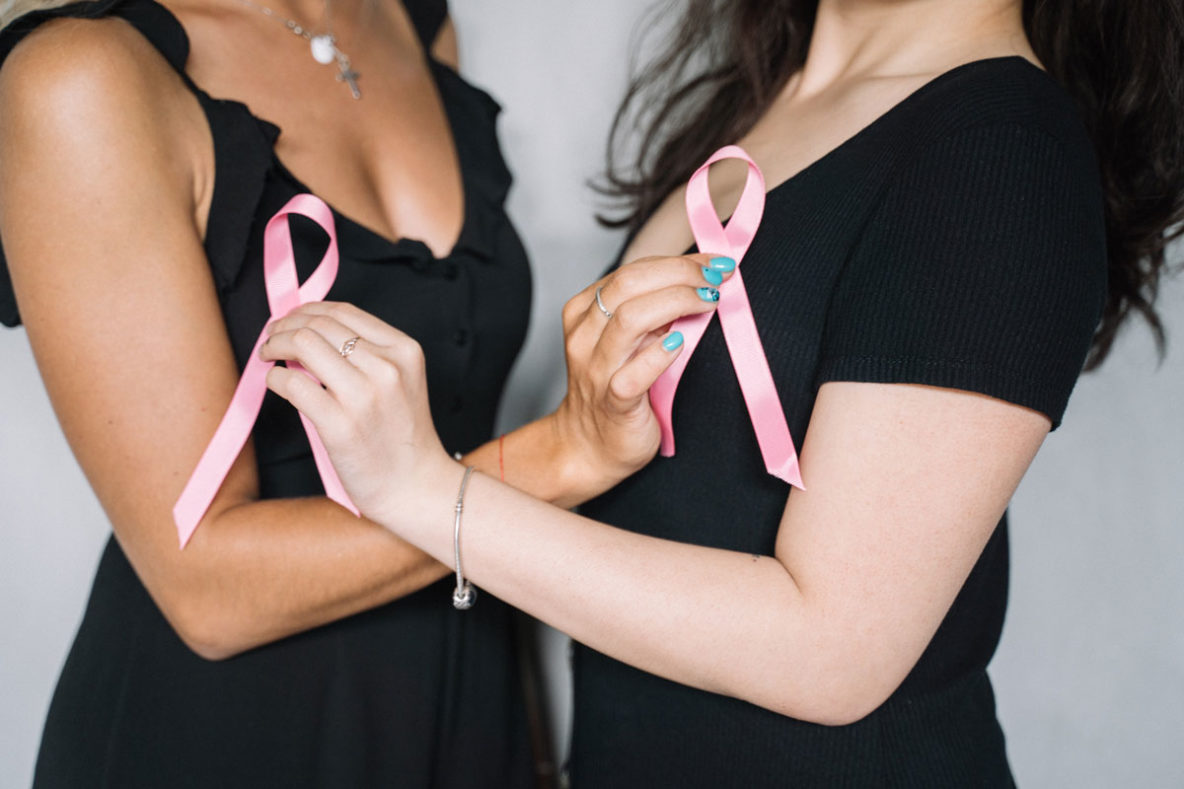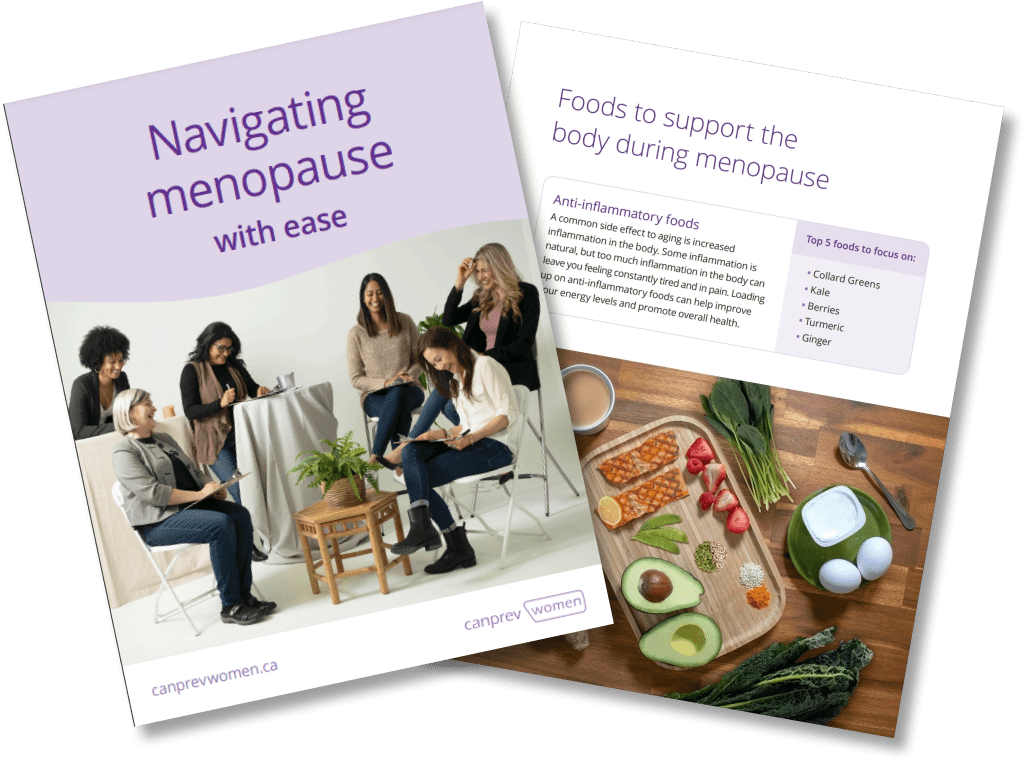October is Breast Cancer Awareness Month – an opportunity to learn more about our bodies, our health, and how to spot the early signs of breast cancer. Learning more about breast cancer can help not only you, but those around you as well. So, to spread awareness this October, we’re urging you to self examine and stay aware of any changes happening in your body. Here’s what you should look out for.
What are the signs of breast cancer?
Breast cancer is one of the most common cancer diagnoses for women. Around 1 in 8 Canadian women are said to develop breast cancer during their lifetime.
Although everyone experiences different symptoms, there are some common signs that could indicate early signs of breast cancer. This can include:
- A lump in, or near the breast, such as in the armpit
- A breast lump or thickening that feels different from the surrounding tissue
- Change in size, shape, or appearance of the breast
- Dimpling of the skin over the breast
- An inverted nipple that was not there before
- Peeling, scaling, crusting, or flaking of the areola or breast skin
- Redness or pitting of the breast skin (like an orange)
If you notice any of these changes, know that having one of these signs does not guarantee that you have breast cancer. Make sure to book an appointment with your healthcare practitioner for a breast screening or mammogram, and let them know of any unusual changes to and around your breasts.
The self-check process
Now that you have an idea of what to look out for, let’s talk about how to conduct a thorough breast examination on yourself. An effective self-check looks like this:
- Remove all clothing above your waist.
- Find a place to lie down. This helps spread your breasts evenly to make it easier to find any new changes.
- By using the pads of your three middle fingers, feel your entire breast in an up-and-down or spiral pattern. Make sure to also check from your collarbone to the area under your breast, as well as your armpits to the center of your breasts (breastbone).
- Try not to lift your fingers away if you notice any lumps, thickening, or changes.
- Repeat this entire process while standing up.
Why is it important to make self-checks a regular habit?
You spend the most time with your own body. So, if anyone’s going to spot any new changes, chances are it will be you. Doing these self-examinations regularly, at least once a month, will help you keep tabs on your health. This way, you can be well-prepared if there are any new developments and catch them early on. Early detection of breast cancer can significantly increase your survival rate. In fact, women diagnosed at an early stage have a 93% or higher survival rate in the first five years. Get to know your body and try to incorporate these self-checks into your monthly routine.
Tanya’s journey with breast cancer
If you or someone you know has been diagnosed with breast cancer, CanPrev founder Tanya Salituro understands what you may be going through. When Tanya was 19 years old, she discovered a hard, pea-sized lump on her left breast, and was diagnosed with breast cancer at age 21. Following her diagnosis, Tanya’s oncology team created a plan that consisted of chemotherapy, radiation and various drugs.
Concerned that this one-size-fits-all approach wasn’t right for her, she sought out natural solutions to fighting breast cancer. After speaking with other cancer survivors, consulting healthcare practitioners, and digging through dozens of books at the library, Tanya chose to undergo a lumpectomy and radiation. She was deemed cancer-free.
However, 11 years later, she felt the familiar pain return in the same breast, in the same spot. Now that she was in a different life stage, Tanya’s perspective had changed. She needed to live for her family. Back and forth on what felt like a never-ending battle with breast cancer, she eventually received her third diagnosis. Once again, she decided to fight this battle her own way.
After beating breast cancer three times and the journey she’d been through, she knew there were women out there just like her. She wanted to make these natural options available to them too. And so, CanPrev was born.
Saying that breast cancer affects millions of people around the world would be an understatement, because a diagnosis not only affects patients, but their family and friends too. That’s why we strive to educate our readers so they can feel empowered to take charge of their health. Staying knowledgeable on signs and symptoms, and how to self-examine your breasts can help you and those you know. If you found this information useful, share it with the women around you to help spread awareness and fight breast cancer together.
Sources:
Breast cancer statistics
What Is Breast Cancer?
Breast Self-Examination
Early Detection is Key


